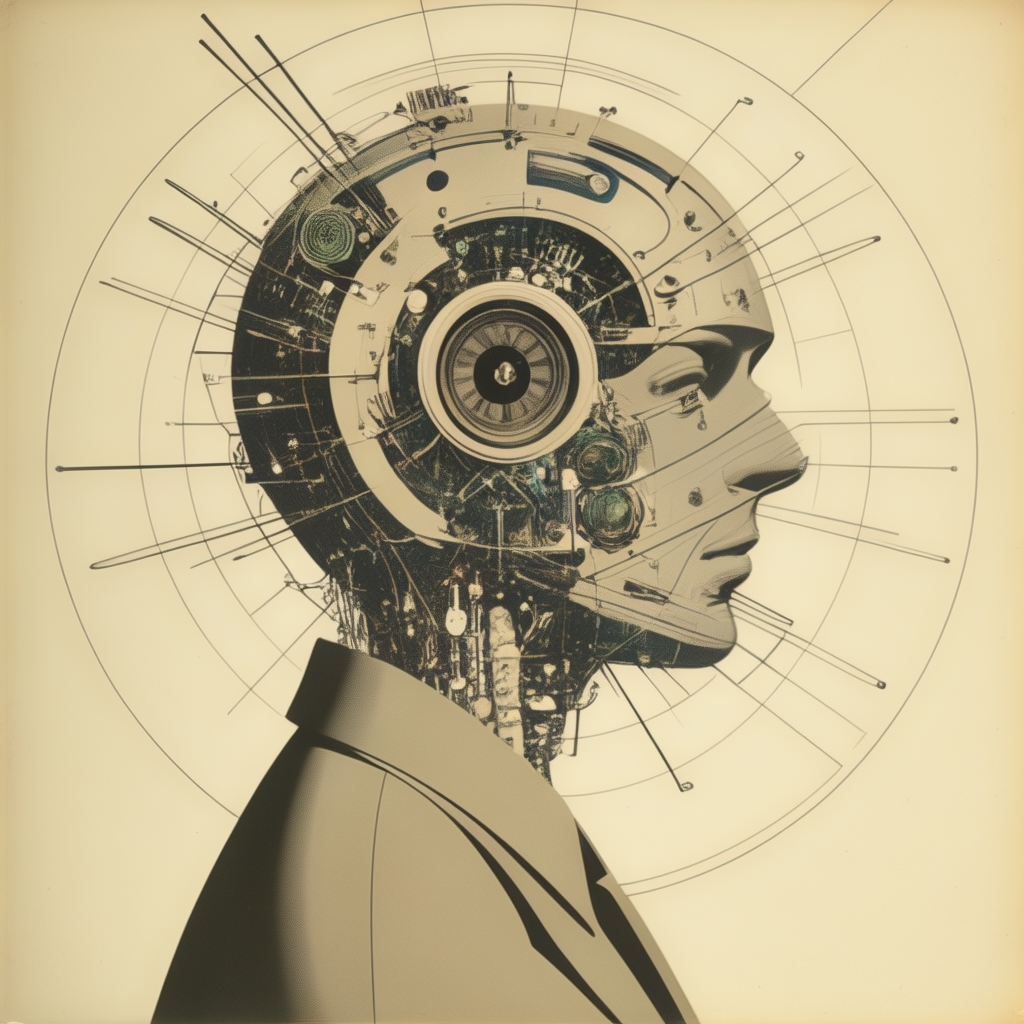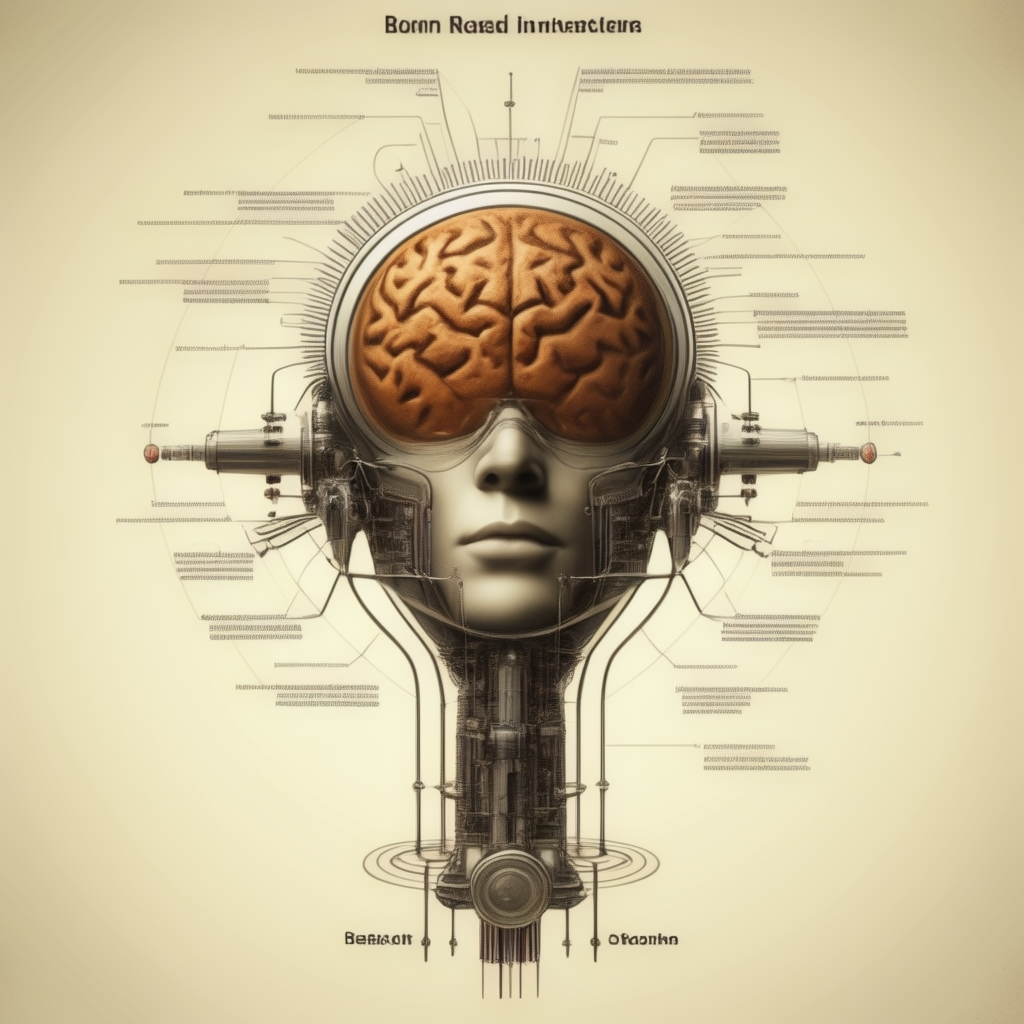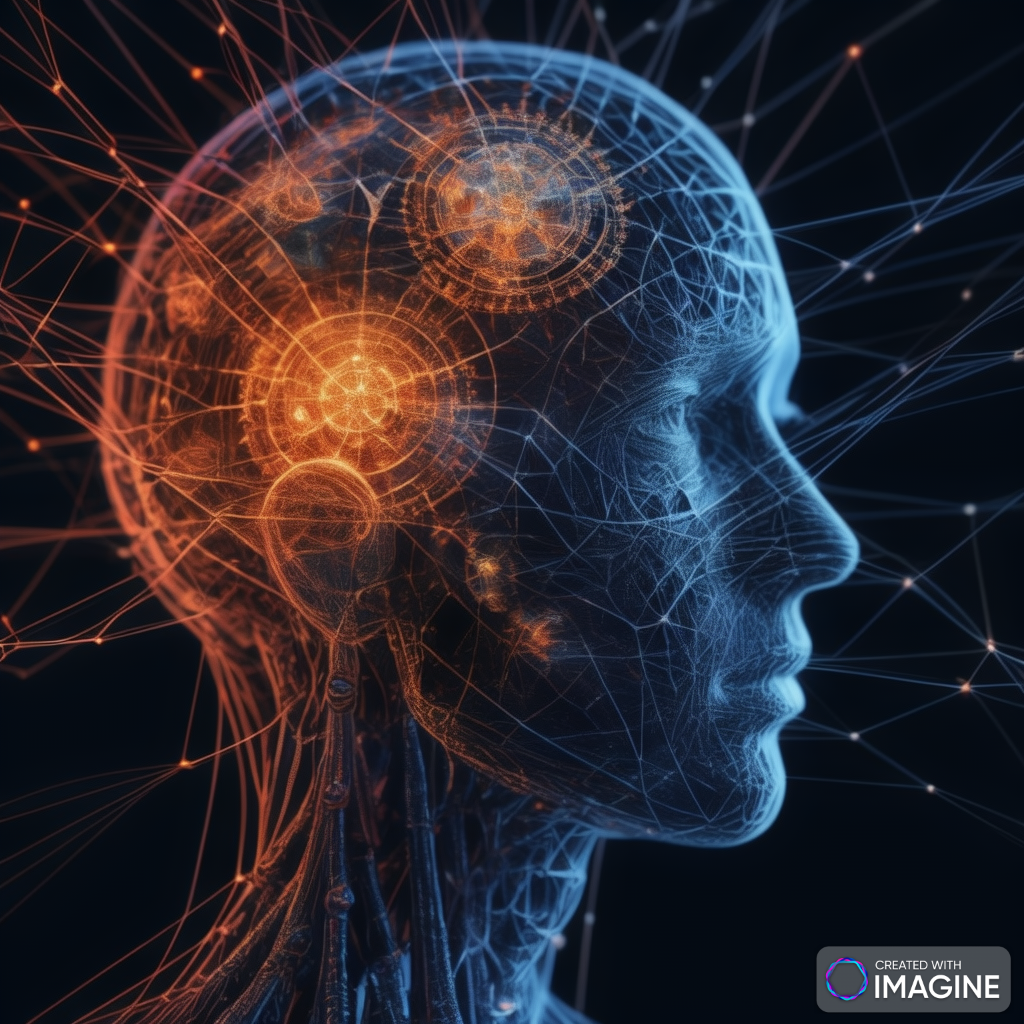Introduction
Machine translation (MT) has revolutionized the way we communicate across language barriers, making it a vital tool in technical, commercial, government, and internet domains. Despite its imperfections, MT’s widespread use underscores its significance in today’s globalized world. This blog post delves into the intricacies of machine translation, examining its applications, benefits, limitations, and future prospects.
Machine translation (MT) has profoundly impacted communication, making it essential across various domains such as technology, commerce, government, and the internet. Although it has its flaws, the extensive utilization of MT highlights its importance in the contemporary global landscape. This post explores the nuances of machine translation, its diverse applications, advantages, limitations, and future advancements.
Historical Development of Machine Translation
The progression of MT from its inception to the present day showcases significant technological advancements. Initially, MT systems depended on rules-based approaches that required extensive linguistic databases. This was followed by statistical methods that improved translation quality through data-driven techniques. The most recent development is neural machine translation (NMT), which leverages artificial neural networks to produce more sophisticated and accurate translations.
- Historical Context:
- Origins: Early MT research began during the Cold War era, aiming to decode foreign communications.
- Pioneers: Warren Weaver and Yehoshua Bar-Hillel were instrumental in laying the groundwork for MT.
- Evolution: From basic word-for-word translation to complex NMT systems capable of understanding context.
- Technological Milestones:
- IBM’s Candide System: One of the first notable statistical machine translation systems.
- Google Translate: Revolutionized public access to MT with its statistical and later neural approaches.
- DeepL: Known for its high-quality translations, utilizing advanced neural network techniques.
Diverse Applications of Machine Translation
- Healthcare and Medicine:
- Usage: MT translates medical research papers, patient records, and pharmaceutical guidelines.
- Benefits: Improves global access to medical knowledge and enhances patient care by providing information in multiple languages.
- Challenges: Medical terminology and the critical nature of accurate translation necessitate human oversight.
- Education and Academia:
- Usage: Facilitates the translation of academic journals, textbooks, and educational resources.
- Benefits: Expands access to educational materials for non-native speakers and supports international collaboration.
- Challenges: Academic language’s complexity and the need for precise terminology can lead to translation errors.
- Travel and Tourism:
- Usage: MT aids in translating travel guides, websites, and customer service interactions.
- Benefits: Enhances traveler experiences by providing information in their native languages, promoting cultural exchange.
- Challenges: Local idioms and context-specific phrases can be difficult for MT systems to handle accurately.
- Entertainment and Media:
- Usage: Subtitles for movies, TV shows, and video games often rely on MT for initial drafts.
- Benefits: Speeds up the localization process, making content accessible to a wider audience.
- Challenges: Creative language, humor, and cultural references require careful adaptation by human translators.
Advantages of Machine Translation
- Scalability:
- Advantage: MT systems can handle large volumes of text across numerous languages simultaneously.
- Impact: Facilitates the rapid dissemination of information in crisis situations, such as natural disasters or pandemics.
- Consistency:
- Advantage: MT provides uniform translations, maintaining terminology consistency in technical and specialized documents.
- Impact: Ensures standardization in documentation across multinational corporations and organizations.
- Learning and Adaptability:
- Advantage: Modern MT systems continuously learn and improve from new data inputs.
- Impact: Enhances translation quality over time, adapting to emerging languages and evolving terminology.
Limitations and Challenges
- Cultural Sensitivity:
- Issue: MT often fails to capture cultural nuances and subtleties inherent in human language.
- Consequence: Can lead to misunderstandings or offensive translations, particularly in marketing and interpersonal communication.
- Lack of Creativity:
- Issue: MT systems struggle with translating creative content, such as poetry, literature, and advertising.
- Consequence: These translations often lack the original’s emotional depth and stylistic nuances.
- Data Privacy:
- Issue: Using MT for sensitive information can pose risks to data security and confidentiality.
- Consequence: Companies must carefully manage data to protect proprietary information and comply with privacy regulations.
The Evolution of Machine Translation
Machine translation has come a long way since its inception. Early systems were based on rule-based methods, relying on extensive linguistic knowledge and grammatical rules. These were soon supplemented by statistical models, which used large corpora of bilingual texts to predict translations. The advent of neural machine translation (NMT) marked a significant leap, employing deep learning techniques to produce more fluent and contextually accurate translations.
- Rule-Based Machine Translation (RBMT):
- Functionality: Utilizes grammatical rules and bilingual dictionaries to translate text.
- Challenges: Often produces rigid and unnatural translations due to the complexity of human language.
- Statistical Machine Translation (SMT):
- Functionality: Relies on statistical models derived from large bilingual text corpora.
- Challenges: Struggles with context and idiomatic expressions, leading to errors in translation.
- Neural Machine Translation (NMT):
- Functionality: Uses neural networks to learn from vast datasets, producing more fluid and contextually appropriate translations.
- Challenges: Still faces issues with rare words, domain-specific jargon, and maintaining consistency in longer texts.
Applications of Machine Translation
- Technical Documentation:
- Usage: MT is extensively used to translate user manuals, technical specifications, and software documentation.
- Benefits: Facilitates global distribution and accessibility of technical information, reducing localization costs and time.
- Limitations: Technical jargon and complex sentence structures can lead to inaccuracies, requiring post-editing by human translators.
- Commercial Sector:
- Usage: Companies utilize MT for translating marketing materials, product descriptions, customer support, and internal communications.
- Benefits: Enhances market reach and customer engagement by providing multilingual content.
- Limitations: Cultural nuances and branding tone can be lost in translation, necessitating human review for quality assurance.
- Government and Legal Documents:
- Usage: Governments employ MT for translating official documents, legal texts, and policy papers.
- Benefits: Promotes transparency and inclusivity, allowing citizens to access information in their native languages.
- Limitations: Legal language’s precision and formality demand high accuracy, making human oversight critical to avoid misinterpretations.
- Internet and Social Media:
- Usage: MT is widely used on platforms like social media, blogs, and websites to translate user-generated content and facilitate global interactions.
- Benefits: Enables real-time communication and information sharing across diverse linguistic communities.
- Limitations: Informal language, slang, and abbreviations pose challenges, often resulting in less reliable translations.
Benefits of Machine Translation
- Speed and Efficiency:
- Advantage: MT can process large volumes of text in seconds, significantly faster than human translators.
- Impact: This efficiency is crucial for time-sensitive tasks and real-time communication.
- Cost-Effectiveness:
- Advantage: MT reduces the need for extensive human translation, lowering costs for businesses and organizations.
- Impact: Enables small and medium-sized enterprises to access global markets without prohibitive expenses.
- Accessibility:
- Advantage: MT makes information accessible to non-native speakers, fostering inclusivity and knowledge dissemination.
- Impact: Supports education, healthcare, and civic participation by breaking down language barriers.
Limitations and Challenges
- Accuracy and Context:
- Issue: MT struggles with idiomatic expressions, context-specific meanings, and cultural nuances.
- Consequence: Can lead to misunderstandings and miscommunications, particularly in sensitive or formal texts.
- Quality Control:
- Issue: Automated translations often require human post-editing to ensure quality and accuracy.
- Consequence: Increases the overall time and cost, diminishing some of the initial benefits of MT.
- Domain-Specific Language:
- Issue: Specialized terminology in fields like medicine, law, and engineering can be challenging for MT systems.
- Consequence: Misinterpretation of critical information can have serious implications, highlighting the need for expert review.
Future Prospects and Innovations
- Advancements in Neural Networks:
- Development: Ongoing research in neural networks aims to enhance MT systems’ ability to understand context and generate more accurate translations.
- Potential: Could lead to significant improvements in fluency and reliability, making MT more suitable for complex texts.
- Integration with Artificial Intelligence:
- Development: Combining MT with AI technologies such as natural language processing (NLP) and machine learning can enhance translation quality and adaptability.
- Potential: AI-driven MT systems could provide more personalized and context-aware translations.
- Real-Time Translation Devices:
- Development: Portable devices and apps offering real-time translation are becoming more sophisticated, integrating speech recognition and language processing.
- Potential: Could revolutionize communication in travel, business, and emergency situations, providing seamless interactions across languages.
- Collaborative Human-Machine Translation:
- Development: Hybrid models that leverage both MT and human expertise are gaining traction.
- Potential: These models can optimize the strengths of both approaches, ensuring high-quality translations while maintaining efficiency.
- Adaptive Learning:
- Development: Future MT systems may include adaptive learning capabilities, allowing them to personalize translations based on user preferences and contexts.
- Potential: Could significantly enhance user satisfaction by providing more relevant and accurate translations.
- Multimodal Translation:
- Development: Integrating text, speech, and visual data for comprehensive translation services.
- Potential: Enables more accurate and context-aware translations in real-time applications, such as augmented reality and live interpretation.
- Ethical AI Integration:
- Development: Implementing ethical guidelines and frameworks to ensure fair and unbiased translations.
- Potential: Addresses issues of bias and promotes more inclusive and respectful language use across different cultures.
- Quantum Computing:
- Development: Leveraging quantum computing to enhance processing power and efficiency of MT systems.
- Potential: Could revolutionize MT by dramatically increasing the speed and accuracy of translations, making real-time multilingual communication more feasible.
- Augmented Human-Computer Collaboration:
- Development: Enhancing collaboration between human translators and MT systems through advanced interfaces and interactive tools.
- Potential: Optimizes the translation process by combining human creativity and judgment with machine efficiency and consistency.
Conclusion
Machine translation, despite its imperfections, remains an invaluable tool in various sectors. Its ability to bridge language gaps quickly and cost-effectively makes it indispensable in our interconnected world. As technology advances, we can expect further improvements in MT’s accuracy and applicability, enhancing its role in global communication. However, the need for human oversight and expertise will persist, ensuring that the nuances and complexities of language are appropriately managed.
Machine translation, despite its flaws, remains an essential tool across various fields. Its ability to facilitate communication and information exchange in a multilingual world cannot be overstated. While advancements in technology will continue to improve MT systems, the role of human translators will remain crucial in ensuring accuracy, cultural sensitivity, and creativity. The future of machine translation lies in the seamless integration of advanced technologies and human expertise, fostering global understanding and collaboration.







